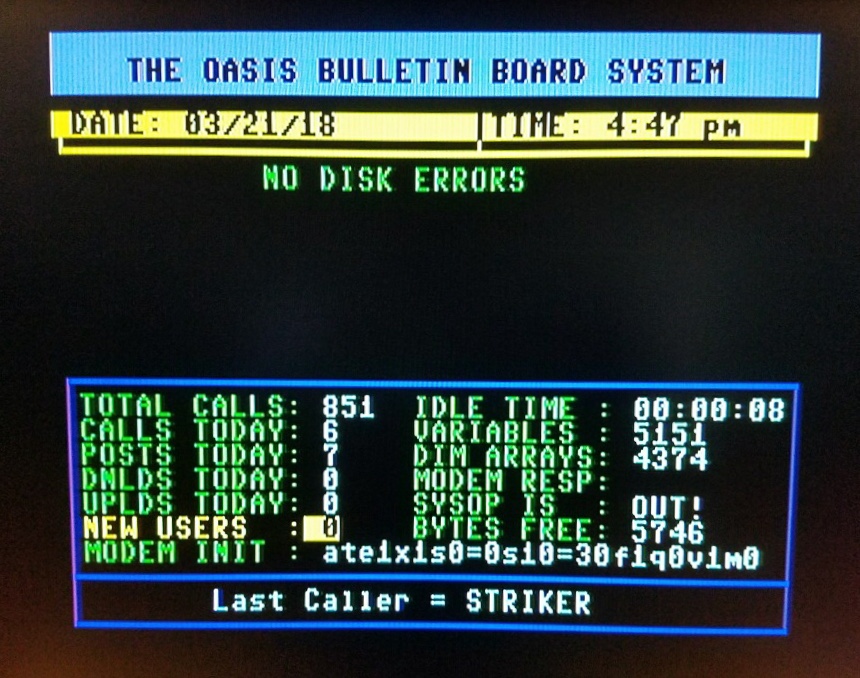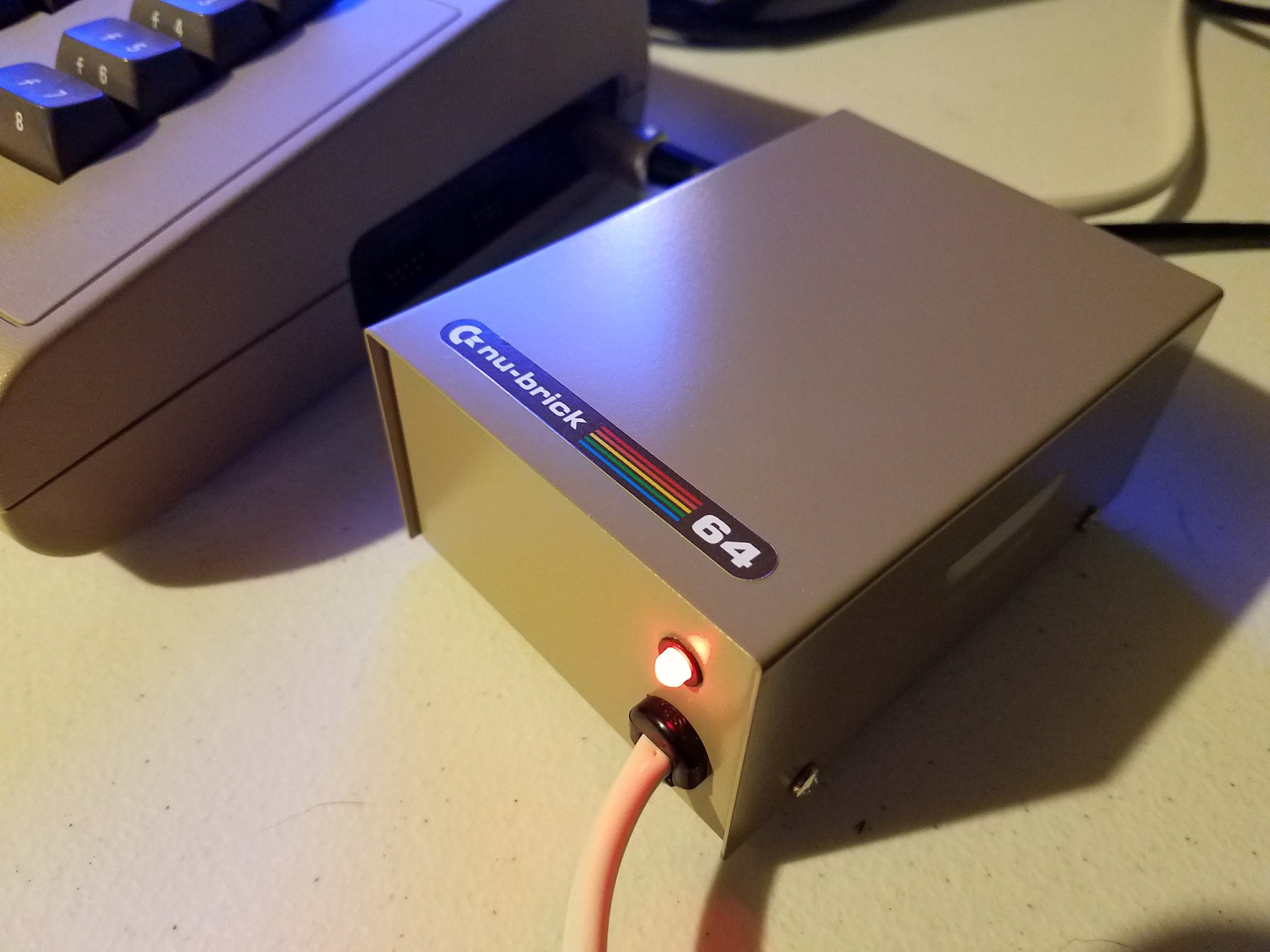Bringing an Amiga online today is no small feat, but in a recent video, GadgetUK takes on the challenge by assembling a custom Amiga Zorro card. Supplied by Glen at CRG and designed by Matthias Heinrichs, this new hardware project combines IDE, clock port, and Ethernet support. The result is a modern way to extend the usefulness of classic machines like the Amiga 2000, 3000, and 4000.
From Components to Assembly
The kit arrives with everything needed: CPLDs, connectors, breakout boards, and even spares. Some components are already factory-mounted, leaving GadgetUK to tackle the more delicate soldering work. After carefully fitting sockets, jumpers, and surface-mounted parts, he programs the ROM with an Octagon boot image. He later experiments with a custom ROM by developer Li2, which improves IDE performance beyond the original firmware.
Throughout the build, GadgetUK highlights the practical quirks of restoration and assembly—like salvaging and re-using Kapton tape, managing fine-pitch soldering, and working around components that arrive pre-installed in awkward positions.
Networking the Amiga
The Amiga Zorro card isn’t just about storage. The addition of an Ethernet controller means that classic systems can finally get online. After replacing an RJ-45 connector with the correct magjack, GadgetUK demonstrates connectivity, complete with flashing activity LEDs. Using powerline adapters, he successfully pings across his home network, bringing his Amiga 4000 into the connected age.
Testing and Performance
Benchmarks reveal IDE transfer rates around 2.8–3 MB/s on a 68030 accelerator, a solid improvement for Zorro II performance. Running under different CPUs and configurations, the Amiga Zorro card coexists with other expansions, including the TF536 accelerator and Li2’s Ripl device, without major conflicts. Clock port support remains under review, but IDE and network features already prove highly functional.
Final Thoughts
The project demonstrates how modern developers and hobbyists continue to breathe new life into vintage Amiga hardware. With the Amiga Zorro card, machines that predate the mainstream internet can now join a home network, transfer files, and expand storage—all through a thoughtfully designed community project.







